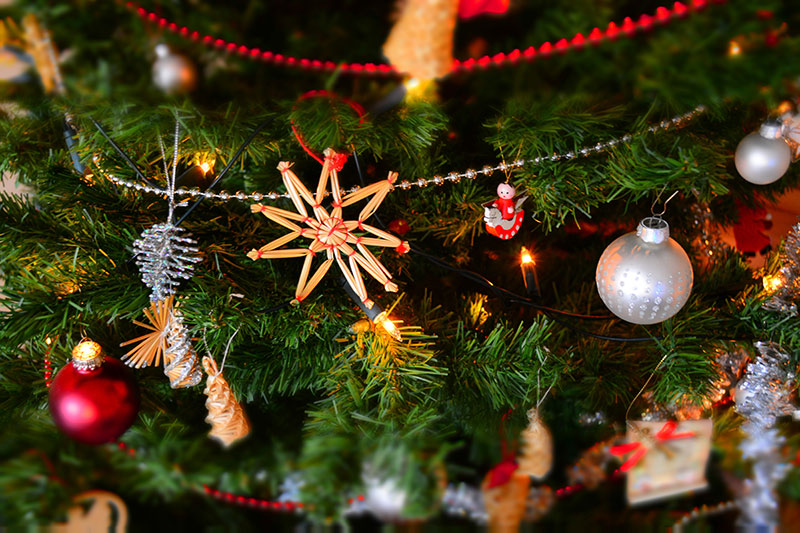For millennia, humans have used evergreens and imbued them with special meaning. In ancient times some cultures thought evergreens helped to banish ghosts and illness. In the Middle Ages evergreen boughs were arranged in homes for fragrance and to add colour in the dark months of winter. Germany is given credit for starting the Christmas tree tradition that we know today. Originally, associated with the Christian tradition, today Christmas trees are less associated with Christianity and are more the centrepiece of gift giving and family gatherings. But that early concept of bringing greenery into the home persists.
Everyone has a preferred type of tree – Scotch Pine, Balsam Fir, Douglas Fir, White Spruce and White Pine – these are all popular. The ‘Scotch’ Pine or ‘Scots’ Pine and the Balsam Fir tend to be the most popular in Canada.
In the early 1900s the Scotch Pine was a European species introduced into North America primarily to help with soil erosion. It became popular as a Christmas tree because it holds its long needles well, even when it dries out, and the strong, curved branches ably hold ornaments.
The Scotch Pine has fallen out of favour in the last 30 years and fragrant fir trees have taken over.
The Balsam Fir is one such tree. It is very fragrant, and unlike the Scotch Pine, it is domestic! The growing range extends from Alberta to Newfoundland which makes it the most widely distributed fir species in Canada. Its dark green appearance and long-lasting needles make it highly popular.
Pine or fir, import or domestic, set up inside or out, be sure to enjoy the long, long tradition of the beautiful evergreen!

